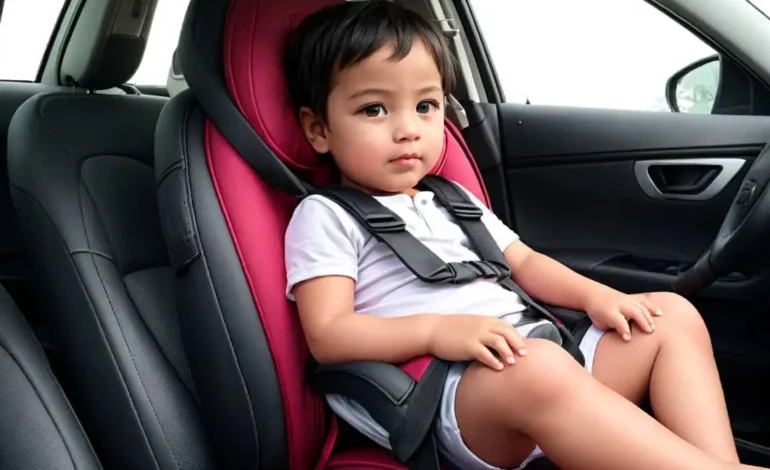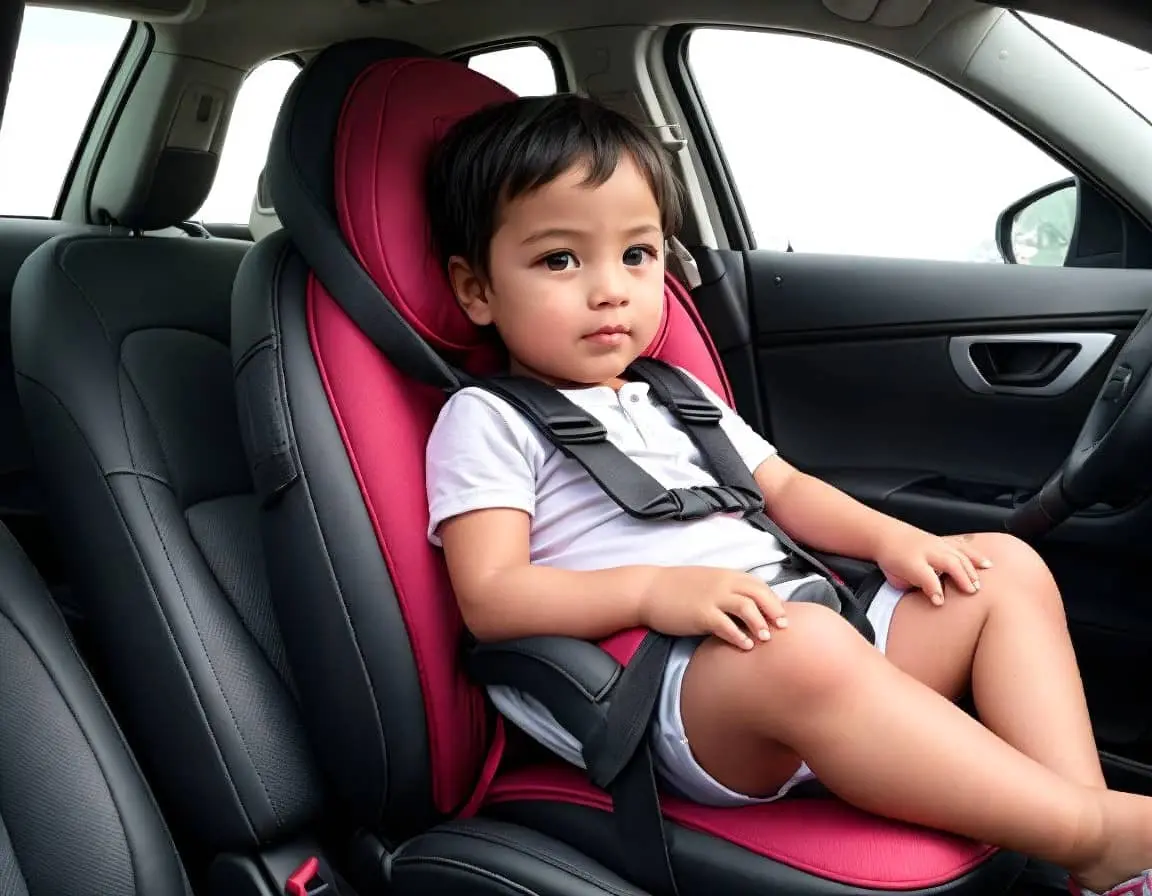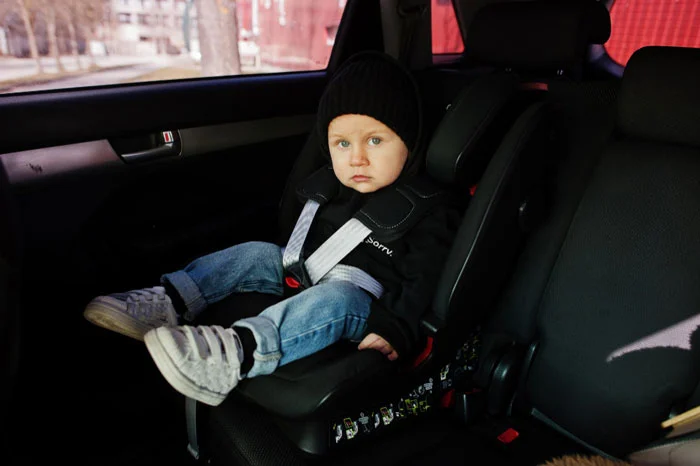A Comprehensive Guide to Child Seat Rules and Regulations in France

France, a country synonymous with breathtaking landscapes, delectable cuisine, and rich culture, also prioritizes the safety of its youngest travelers. This commitment translates into a comprehensive set of child seat regulations on the road. For families visiting or residing in France, understanding these laws is vital for a safe and compliant journey.
This article delves into the intricacies of child seat requirements in France, empowering you with the knowledge to navigate the roads with your little ones in tow. We’ll explore the importance of child seats, the legal framework governing their use, age-specific seat requirements, potential exceptions, associated fines, and tips for choosing the right seat.
The Life-Saving Power of Child Seats: The importance of using child restraint systems cannot be overstated. Numerous studies have demonstrated that properly secured child seats significantly reduce the risk of death and serious injury during a car accident. Children are particularly vulnerable due to their undeveloped skeletal structures and weaker muscles. Child seats offer crucial protection by providing support and preventing forceful ejection during a collision.
The Legal Landscape in France: French law regarding child seats is clear and unambiguous. Article R412-6 of the French Highway Code (Code de la route) mandates that all children under 10 years old must be secured in an approved child restraint system that is appropriate for their size and weight. This law applies to all vehicles, including cars, vans, and trucks.
Seatbelt Law Enforcement: France operates under a “universal seatbelt law,” meaning everyone in the vehicle, regardless of age or seat location, must wear a seatbelt if one is available. While this law applies to everyone, child seat regulations offer specific guidelines for younger passengers.
Suggested Read- Keeping Your Kids Safe On The Road: A Guide To Child Seat Rules In Australia
Age-Specific Seat Requirements: The type of child seat required depends on the child’s age and weight. Here’s a breakdown to ensure you’re using the most appropriate seat for your little one:
- Under 10kg (Approximately 22 lbs): For the tiniest passengers, the law mandates a rear-facing child seat. This position offers optimal head and neck support, minimizing the risk of serious injury during a sudden impact. The seat can be placed in either the back seat or the front passenger seat. However, if the front passenger seat is chosen, there’s a crucial safety precaution: the passenger airbag must be deactivated. Airbag deployment can be fatal to a small child in a rear-facing seat. Some vehicles have a switch to disable the passenger airbag, while others may require a certified mechanic to do so.
- 10kg to 13kg (22 lbs to 29 lbs): Children within this weight range must also remain in a rear-facing child seat for optimal protection. The same precautions regarding airbag deactivation apply when using the front passenger seat.
- 9kg to 18kg (20 lbs to 40 lbs): Children within this weight range can transition to a forward-facing child seat with a five-point harness. These harnesses securely hold the child in place, offering a significant degree of protection during a collision. Ensure that the harness straps are properly adjusted to snugly fit the child’s shoulders and hips, without being uncomfortably tight.
- 15kg to 10 years old (Approximately 33 lbs to 4 years old): At this stage, a booster seat becomes appropriate. Booster seats elevate the child so that the standard vehicle seatbelt fits correctly across their chest and hips. This is crucial because an improperly positioned seatbelt can cause internal injuries in an accident. When selecting a booster seat, look for one that offers adequate side impact protection and head support.
Exceptions and Fines: It’s important to note that there are a few exceptions to the child seat rule. Children under 10 can travel in the front seat without a child restraint system only if all three of the following conditions are met:
- There are no rear seats in the vehicle.
- The rear seats are already occupied by other children under 10 years old.
- The rear seats lack seatbelts.
However, it’s strongly recommended to use a child seat whenever possible, even when exceptions apply. Ignoring child seat laws in France can result in a hefty fine. The standard penalty is €135, but it can reach up to €750, depending on the severity of the offense. More importantly, non-compliance puts your child at risk in the event of an accident.
Suggested Read- Child Seat Rules In Germany: Ensuring Safety For Young Passengers
Choosing the Right Seat: French law requires that child seats comply with specific European safety regulations. Look for a label indicating compliance with the ECE R44 or ECE R129 standards. These labels verify that the seat has undergone rigorous testing to ensure it provides adequate protection.
Beyond Legal Requirements: While legal compliance is crucial, consider these additional factors when choosing a child seat for your France trip:
- Comfort: Long journeys can be tiring for little ones. Opt for a seat with comfortable padding and breathable fabrics to ensure a more pleasant ride. Some seats even come with reclining features for added comfort during naps.
- Ease of Installation: Look for a seat that’s easy to install and uninstall in your vehicle. Many modern seats use the ISOFIX system, which provides a secure and user-friendly connection to the car’s chassis. Consult your vehicle’s manual to see if it has ISOFIX anchor points.
- Compatibility: Ensure the child seat you choose is compatible with your specific vehicle model. Check the manufacturer’s website or consult a qualified retailer for guidance.
- Age and Size: Children grow quickly. Choose a seat that can accommodate your child’s current size and provides room for growth within the recommended weight and height range for that particular seat.
Additional Tips:
- Practice Makes Perfect: Before embarking on your trip, practice installing and removing the child seat in your car at home. This ensures you’re comfortable with the process and can secure your child quickly and safely on the go.
- Registration and Documentation: While not mandatory in France, it’s a good idea to register your child seat with the manufacturer. This allows them to notify you of any safety recalls or updates. Keep the child seat’s manual and any registration documentation readily available in case of an inspection.
- Lead by Example: Always wear your seatbelt yourself and encourage good car safety habits in your children from a young age. Explain the importance of child seats and why they keep them safe.
By understanding and adhering to child seat regulations in France, you can ensure a safe and enjoyable journey for your entire family. Remember, prioritizing your child’s safety is paramount, and following these guidelines will contribute to a worry-free and memorable travel experience.








